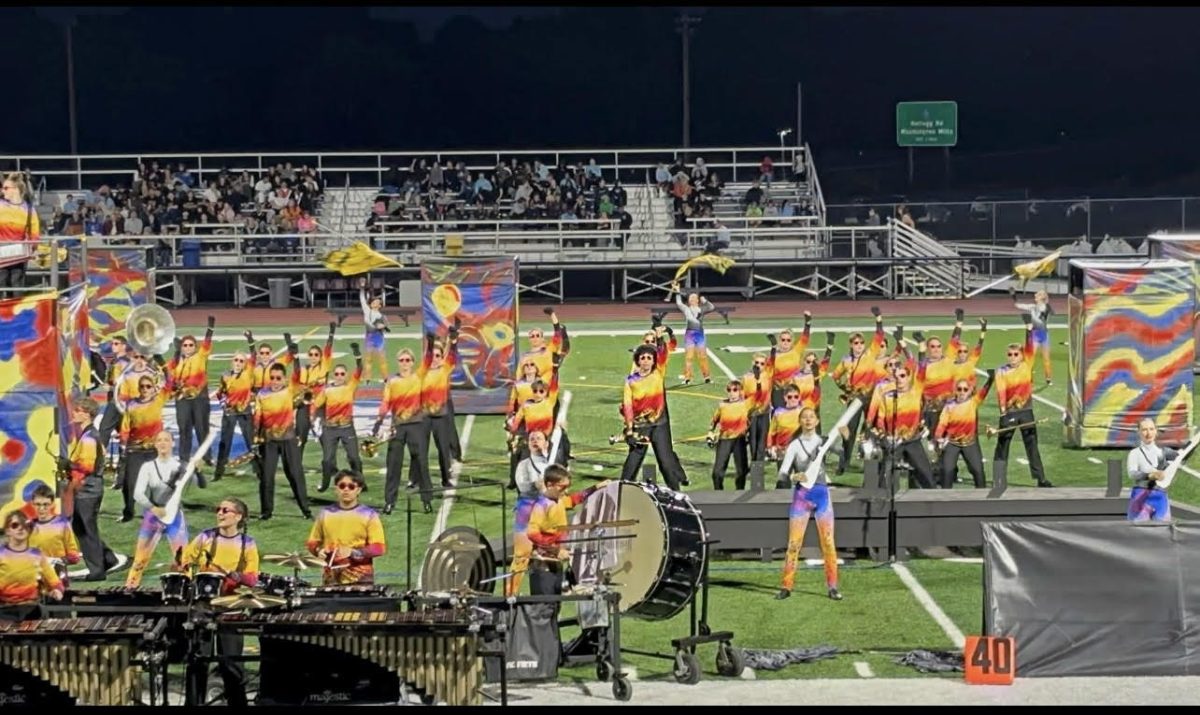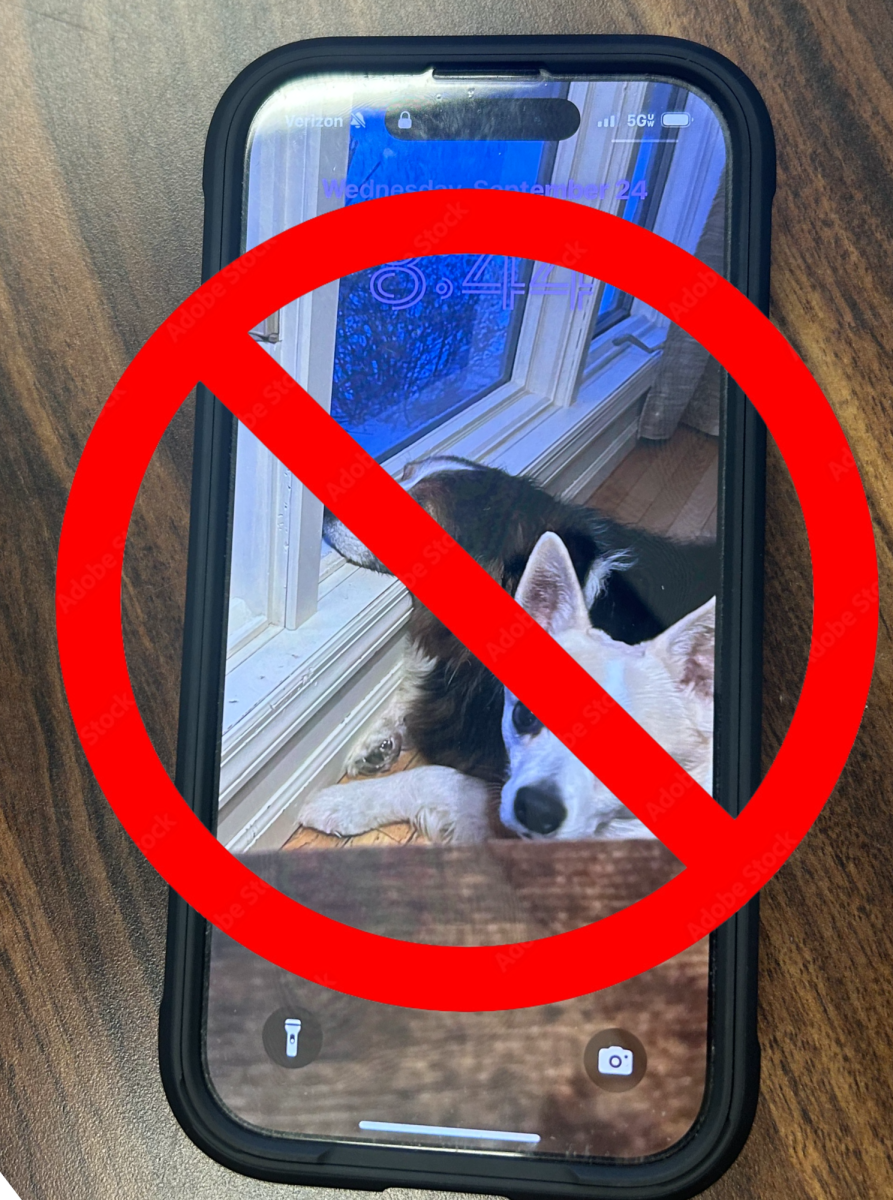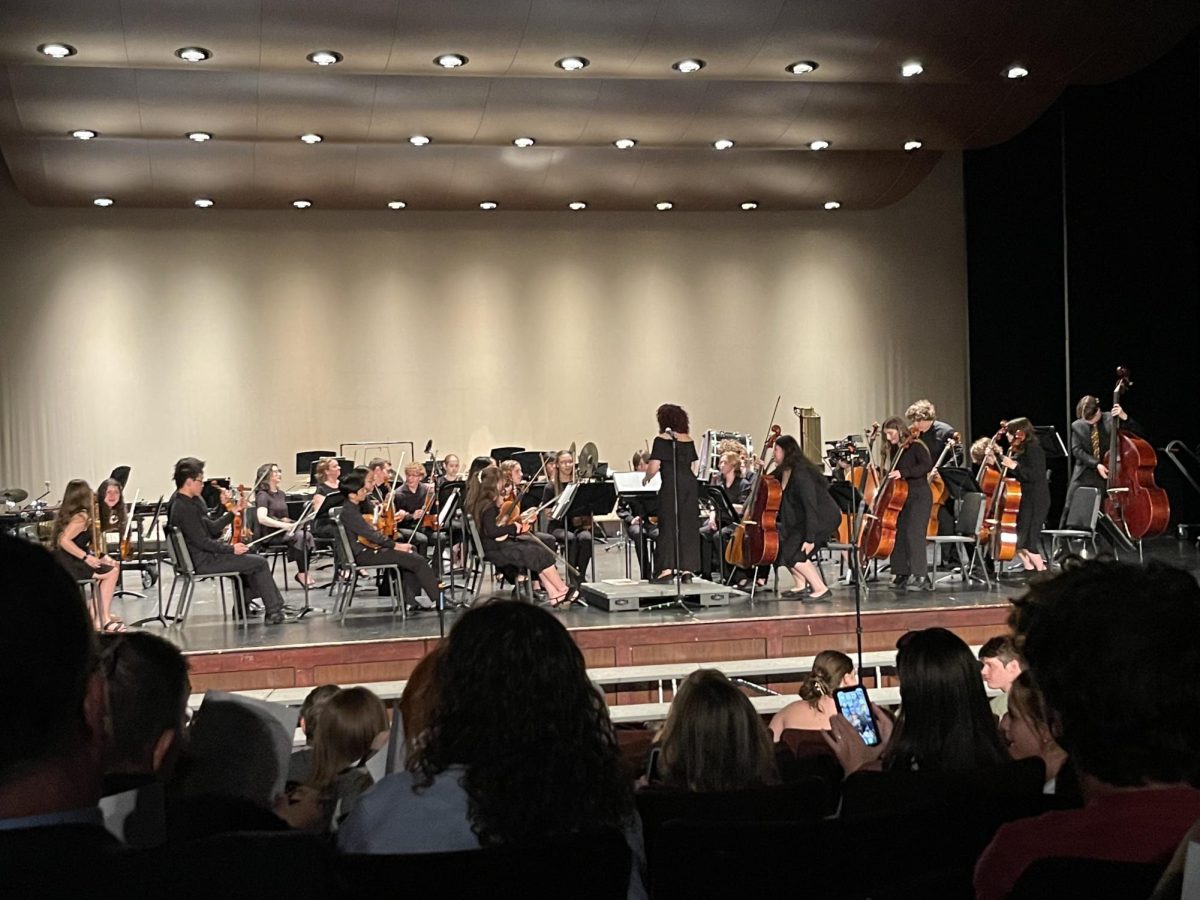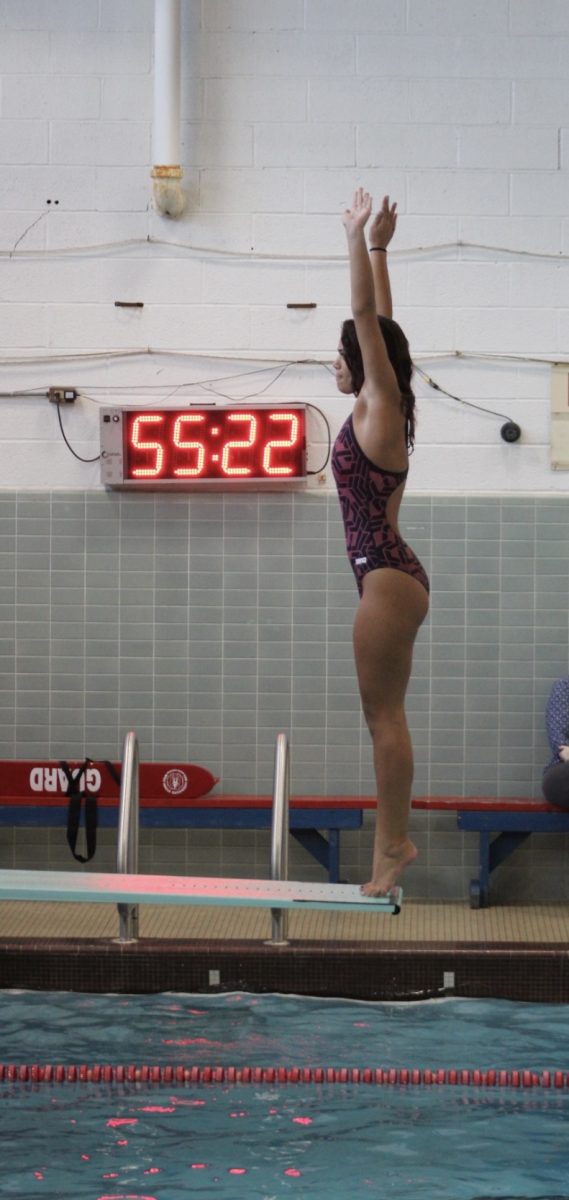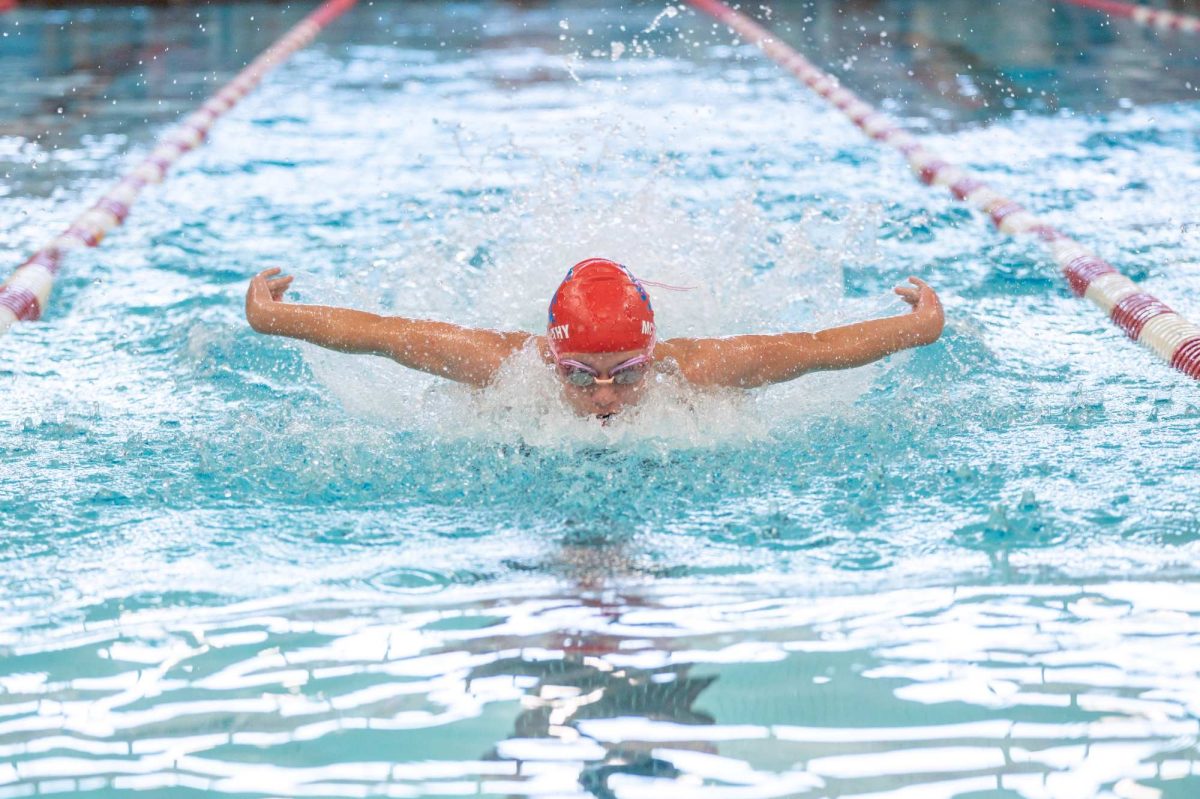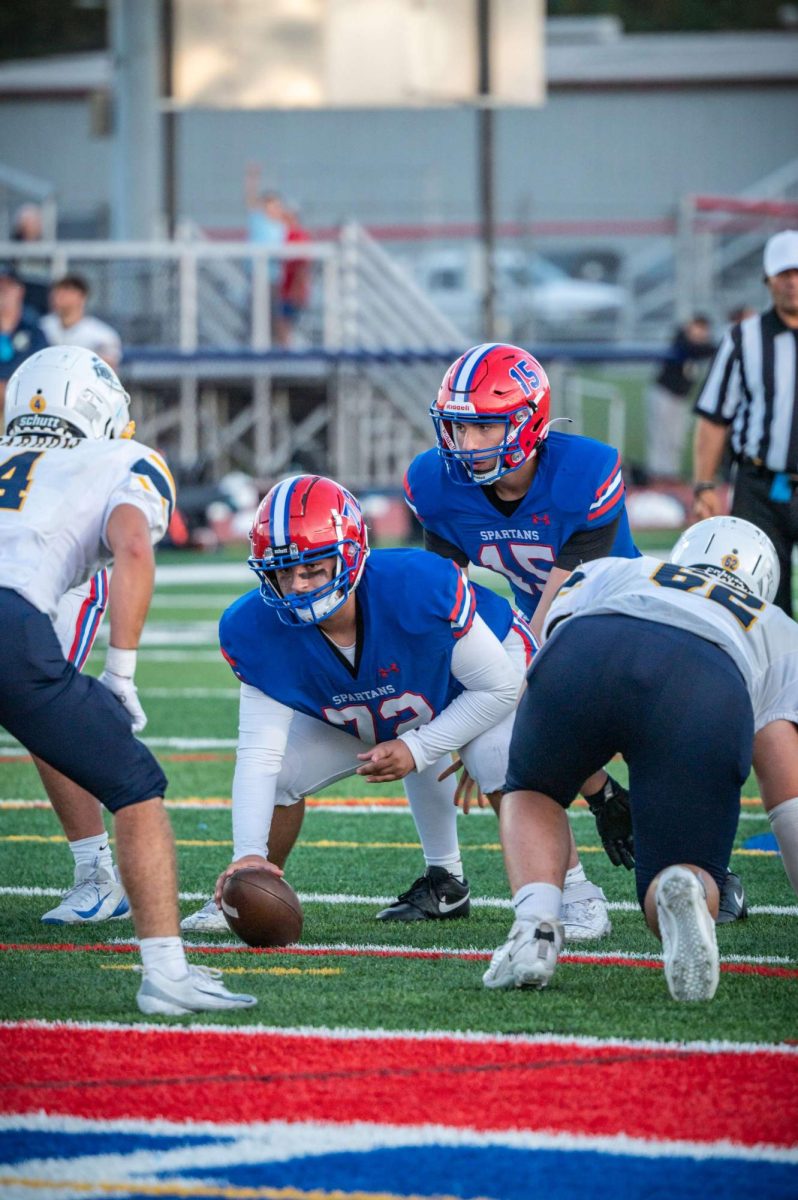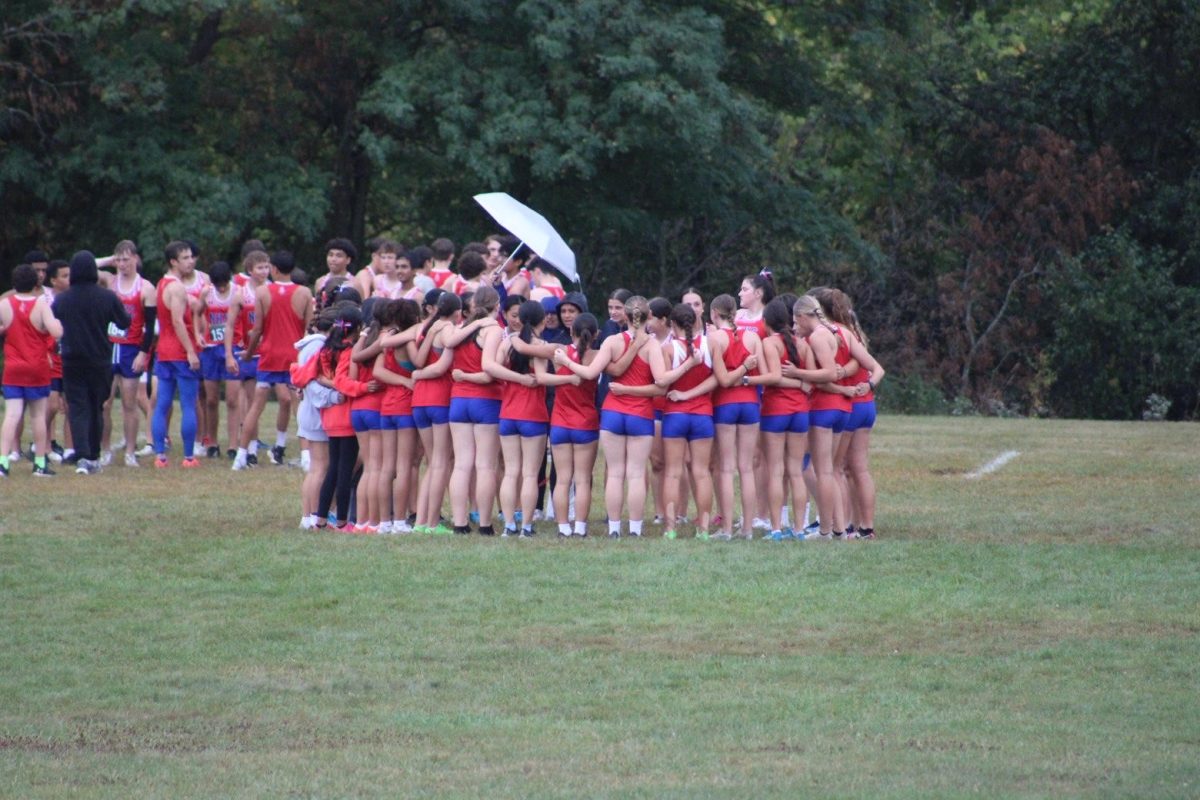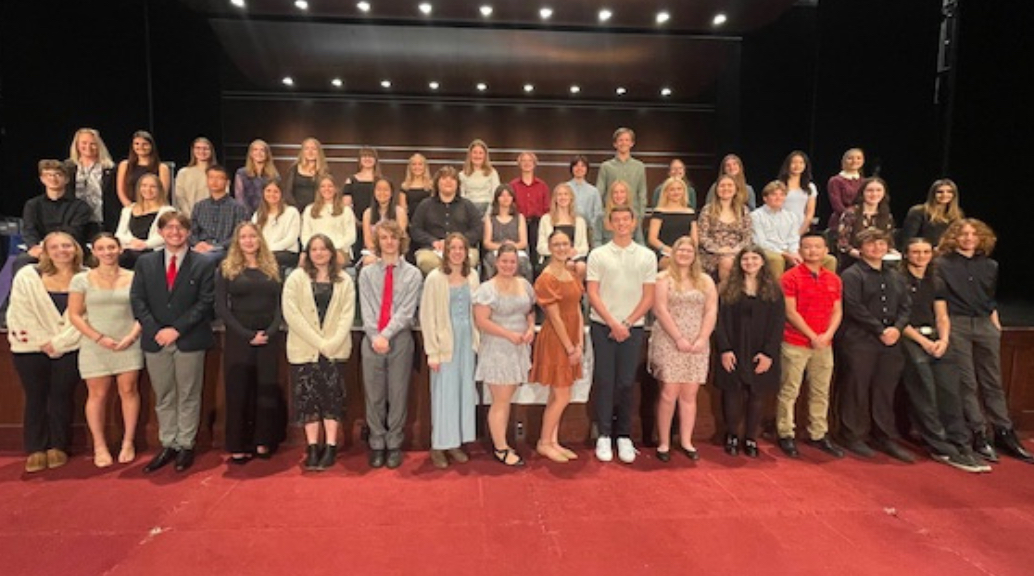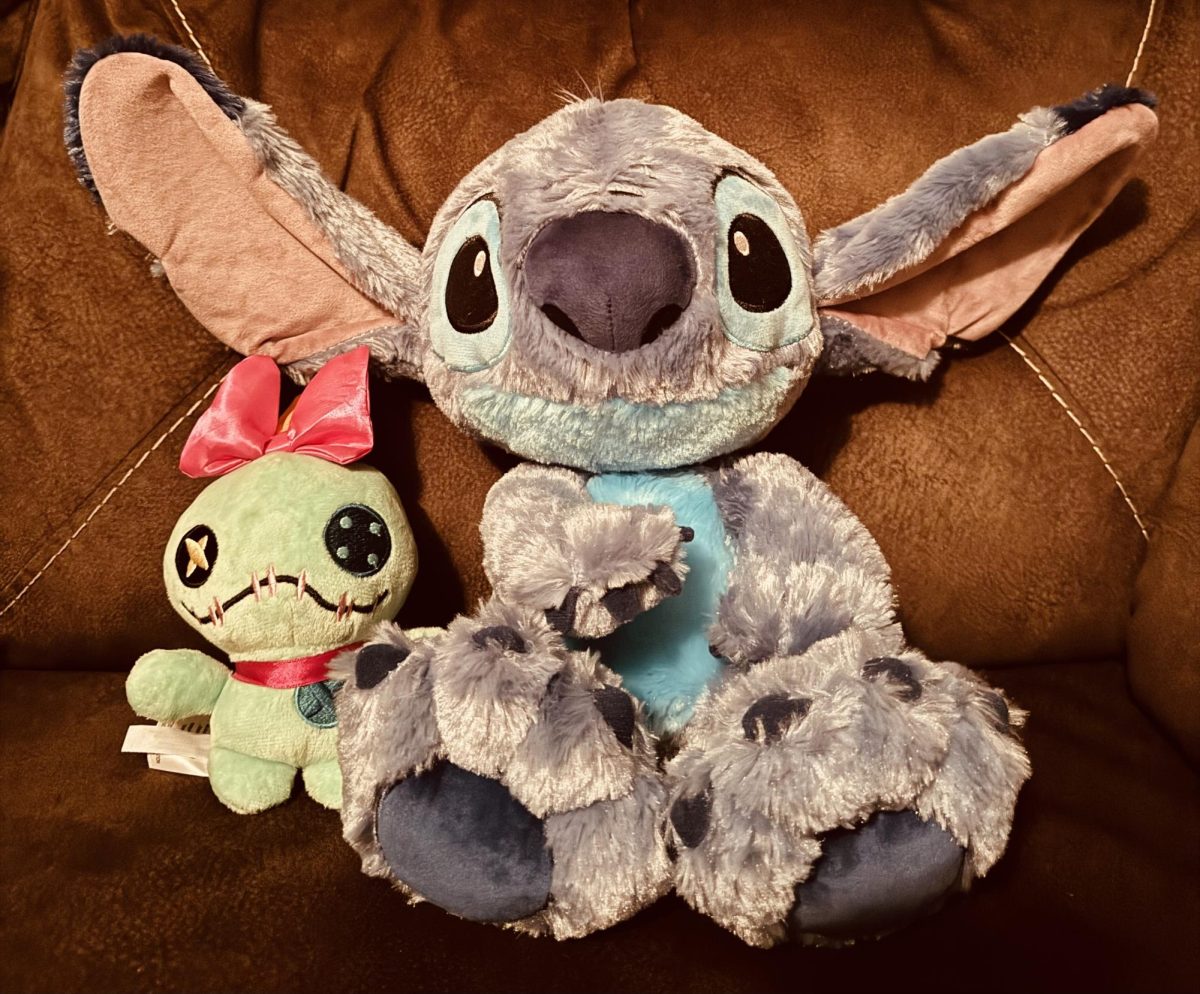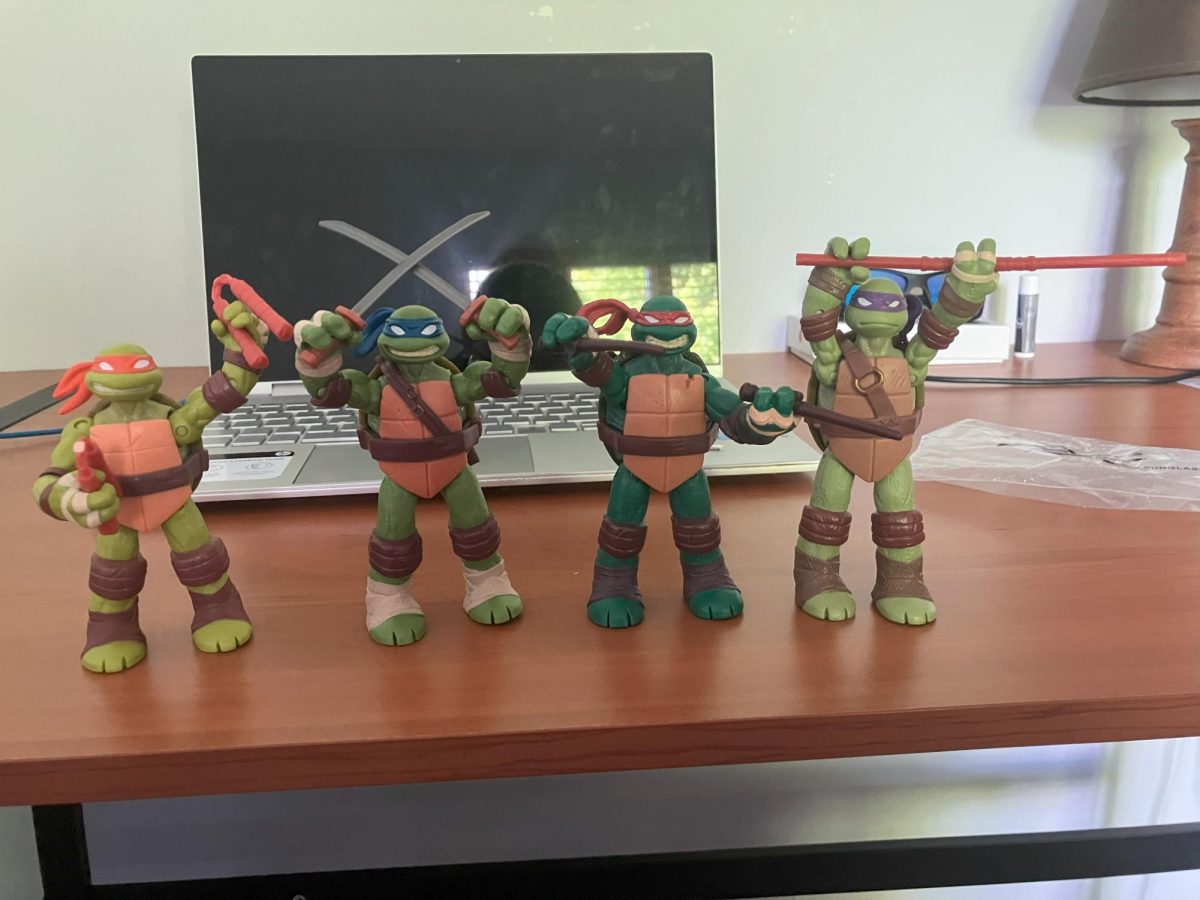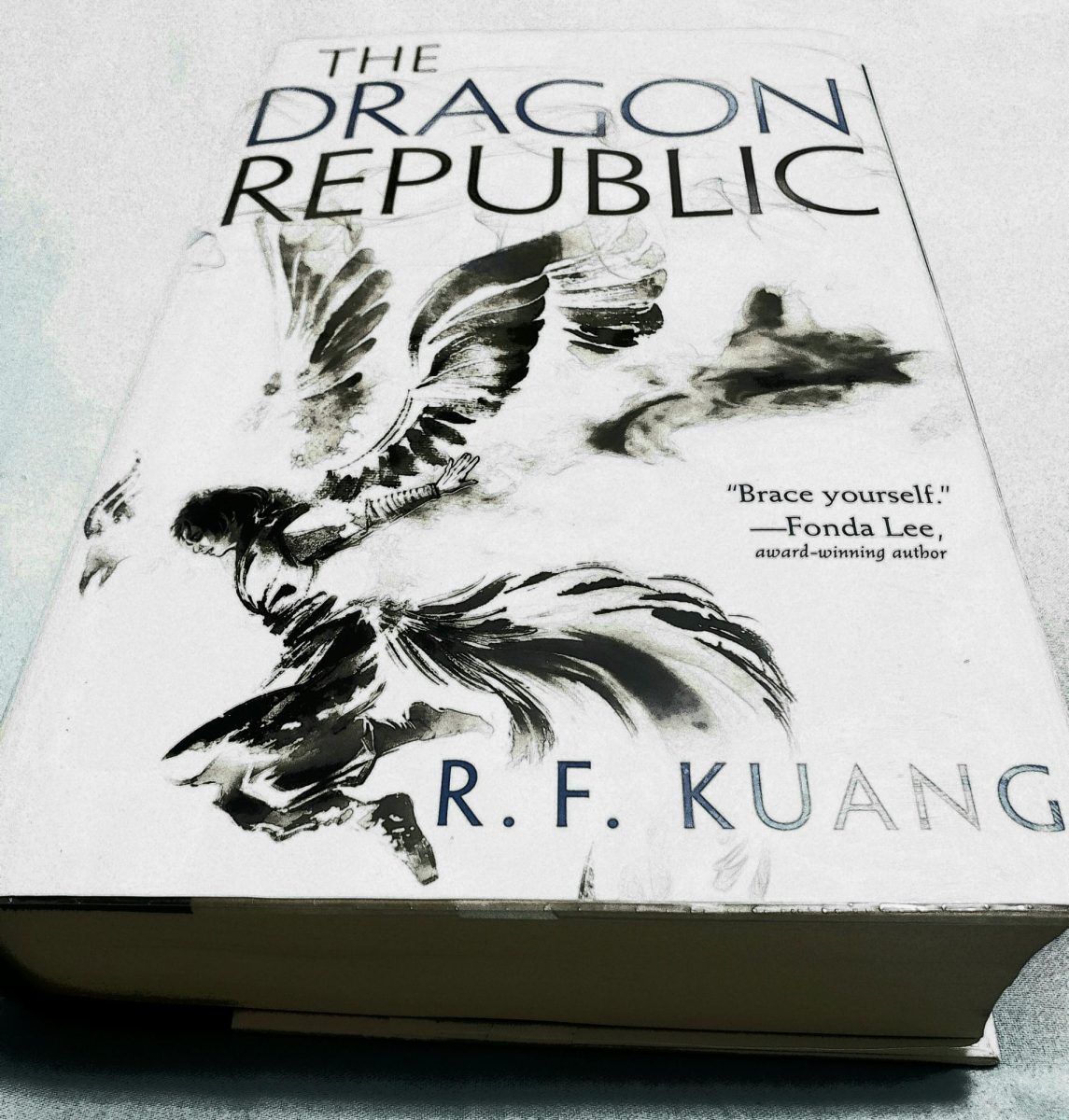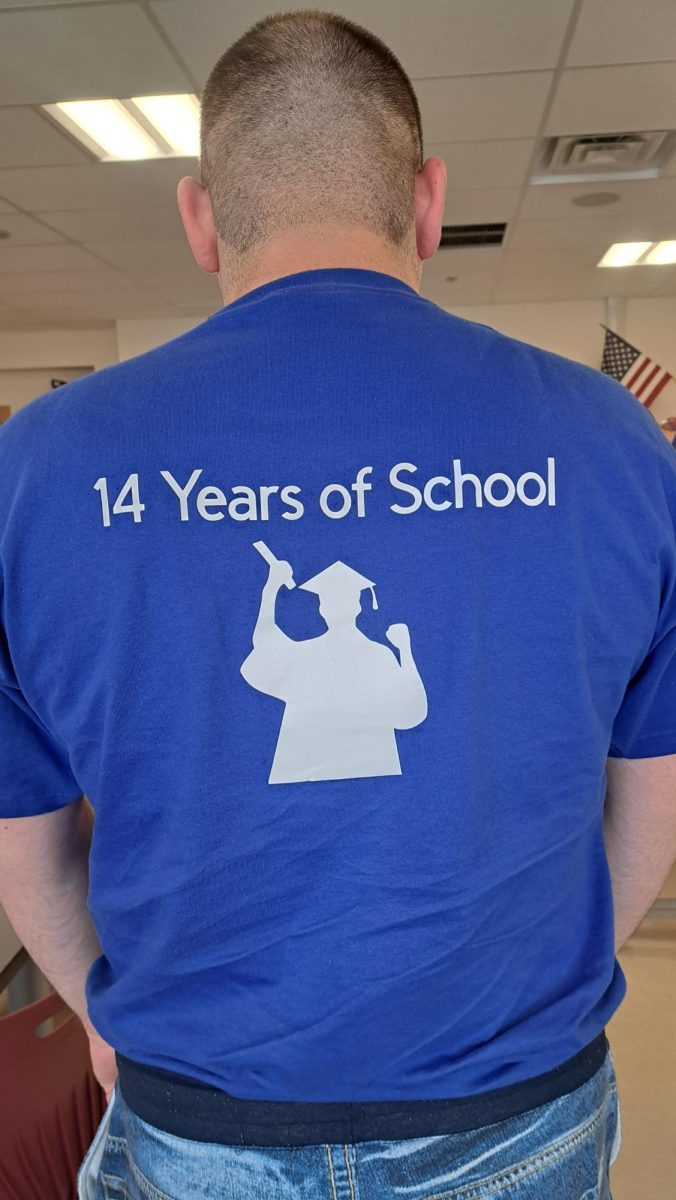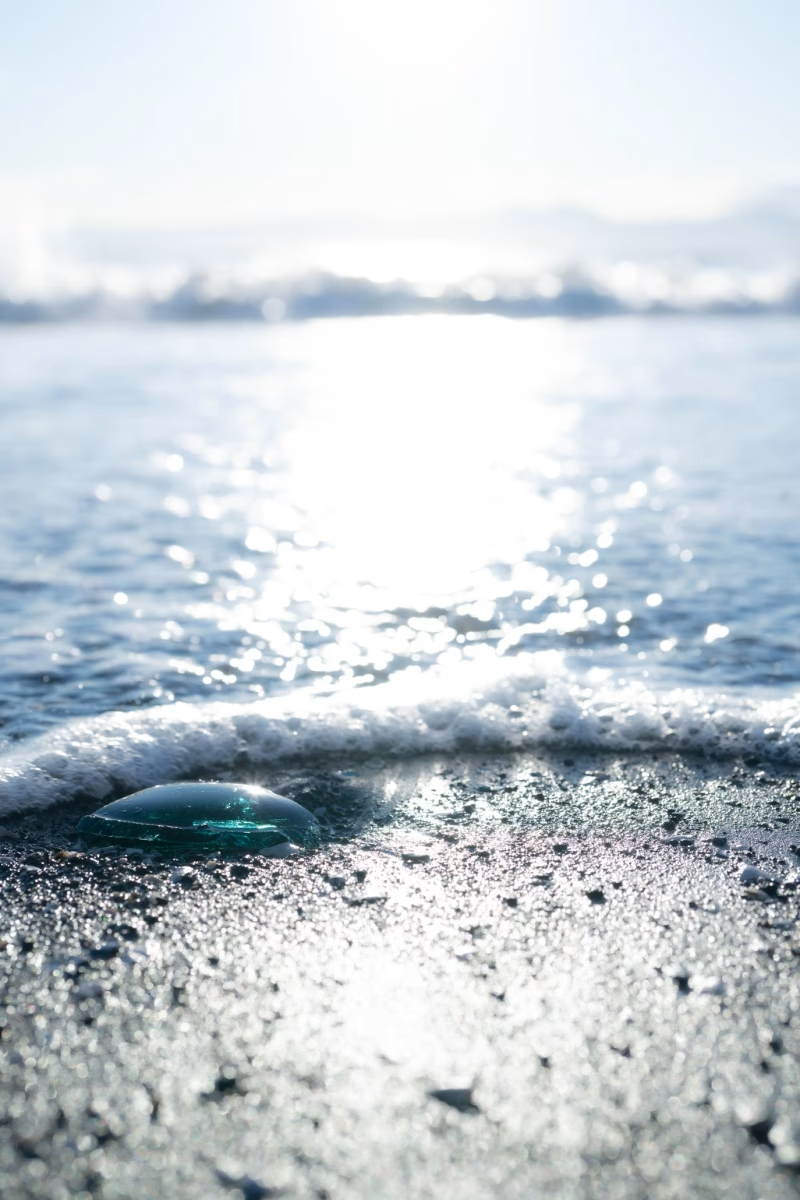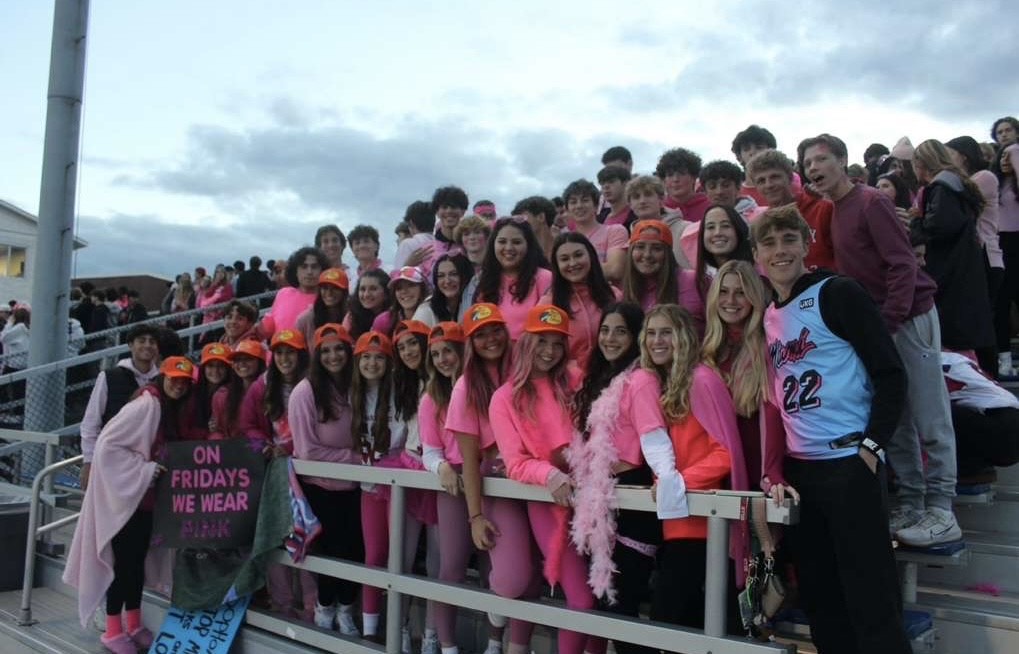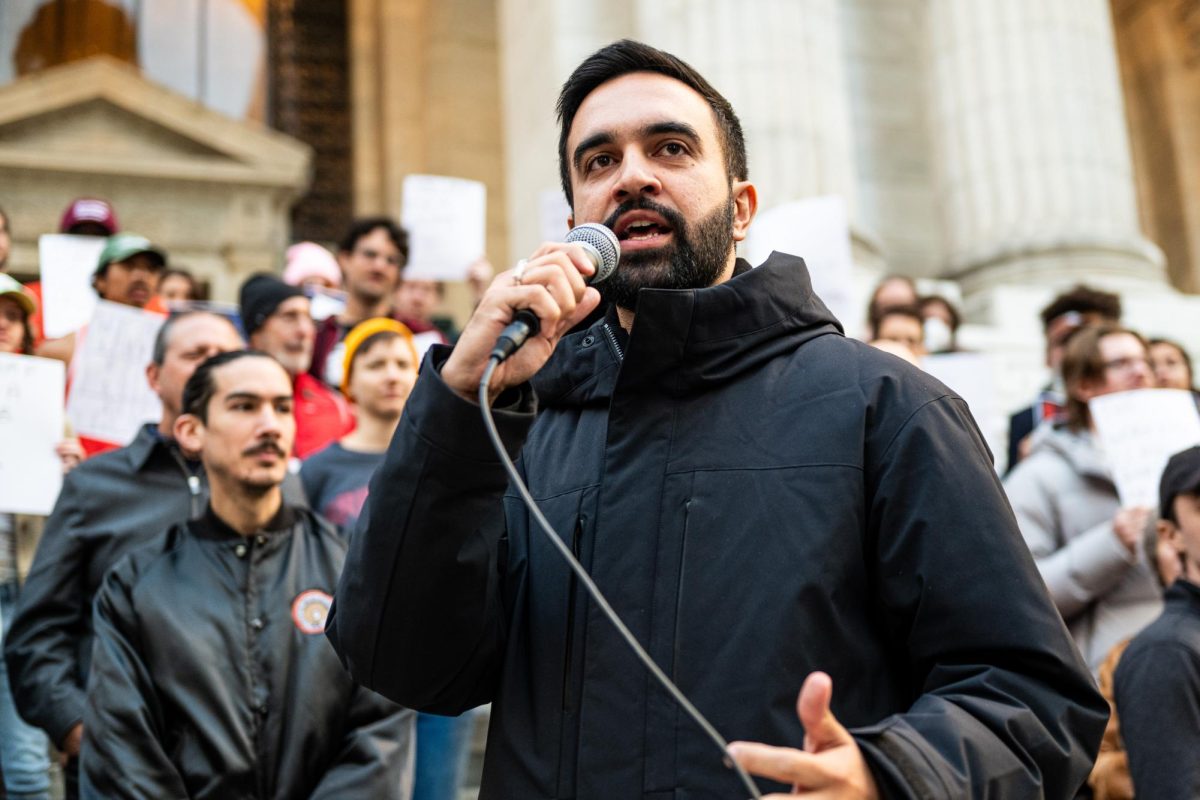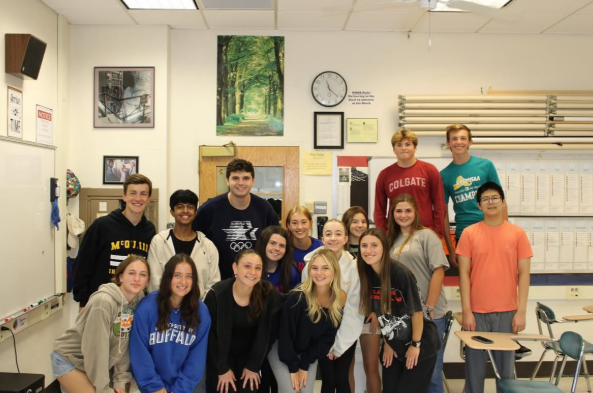The Sewol Ferry tragedy was the sinking of a cruise ship on April 16th 2014, which included the deaths of over 300 people, 250 of whom were sophomores in high school. This totally preventable disaster led to a series of profound consequences. The president of South Korea was indirectly impeached, and the decaying remains of billionaire owner Yoo Byung-eun were discovered. The ship captain and crew members were also imprisoned. Both survivors and rescuers experienced long-lasting psychological trauma – some even resulting in suicide.
Background
The high schoolers from the Danwon High School near Seoul, were lining up to board the 146 meter long cruise ship on the night of their field trip to Jeju Island. This annual trip for the sophomore class was long awaited, and excitement brimmed – unaware that their trusted authorities would play the largest roles in their deaths. This ship was carrying 476 passengers: students, merchants, and civilians. It would begin sinking April 16 around 8:50 am.
Causes
The New York Times revealed that the cruise ship was limited to 987 tons; however, over double the limit of unsecured cargo was reported on the day of the sinking. The ferry’s extra renovations to maximize profits, which the regulators approved, contributed to its danger. And after a harsh turn, the ferry would not recover from the turbulence, and slowly began to sink.
The authorities were first shortly notified by Choi Duk-ha, a student, who would stay on the call at the expense of calling his own parents. However, even with two and a half hours to spare until the ferry submerged, the “rescue effort” was largely unsuccessful. Critics believe inefficiency was due to concerns over political and legal accountability, and inadequate emergency practice. Some people also blame the countless news sources from during the incident who lied to cover up the disastrous situation.
Kyle Weng, a sophomore at New Hartford, correctly points out that it was a consequence of miscommunication, shifting responsibilities, and decentralized voice.
Another Reason
After the captain and some crew members realized the ship was capsizing, an automated announcement was played, which told passengers to stay put. Students who contacted their parents were also told to obey the captain, believing the situation would be solved by the authorities. The captain and several other crew members left the ship without word of the people still trapped. The ferry’s captain, Lee Joon-seok, was later sentenced to life in prison for negligence, and 14 others were given lighter sentences.
Effects
Words cannot describe the detrimental impact this tragedy had on the parents. Many of them were on calls with their children during the accident, and would receive their last words. They called for the return of their kids, and protested against the officials who were burying the truth – some parents even attempted to rescue the children themselves.
Heroes
There were heroes who risked their lives to save others. Park Ji-young, a 22-year-old who kept going back in to save more passengers despite water levels reaching her chest. She was last seen without a life-jacket when she passed. Jeong Hyun-seon, and Kim Ki-woong were an engaged couple soon to be married. They are among others, who are considered to be martyrs.
Divers from afar who heard the news were quick to volunteer in the rescue operations, but the false reports prevented them from understanding the full situation. After the ship fully submerged, civilian divers retrieved the body’s of victims, but their own body’s would be left permanently scarred.
Yellow ribbons still hang to this day in honor and remembrance of the victims and their families.

